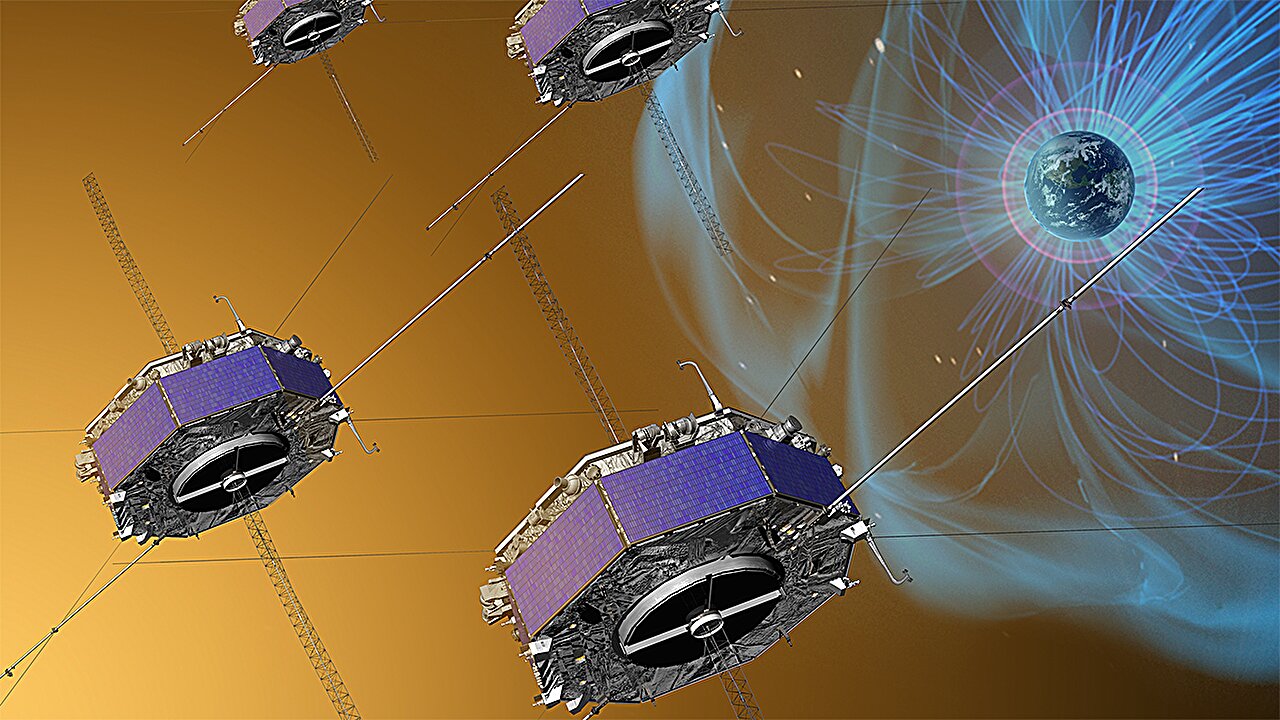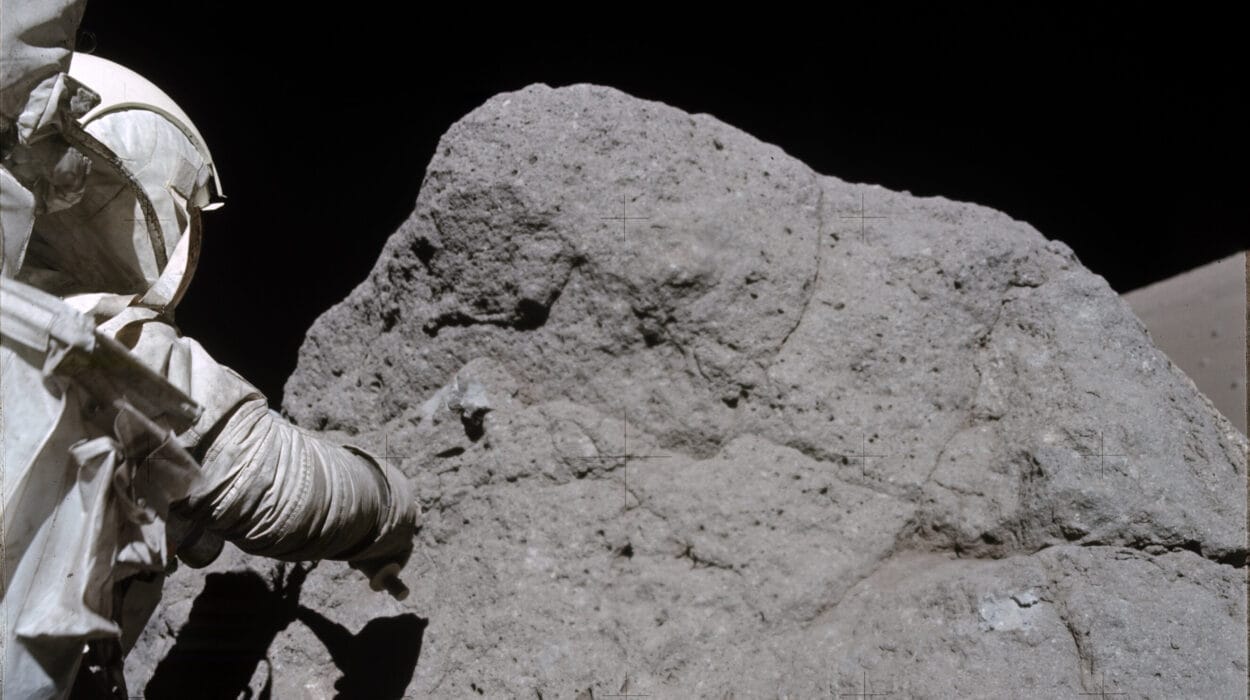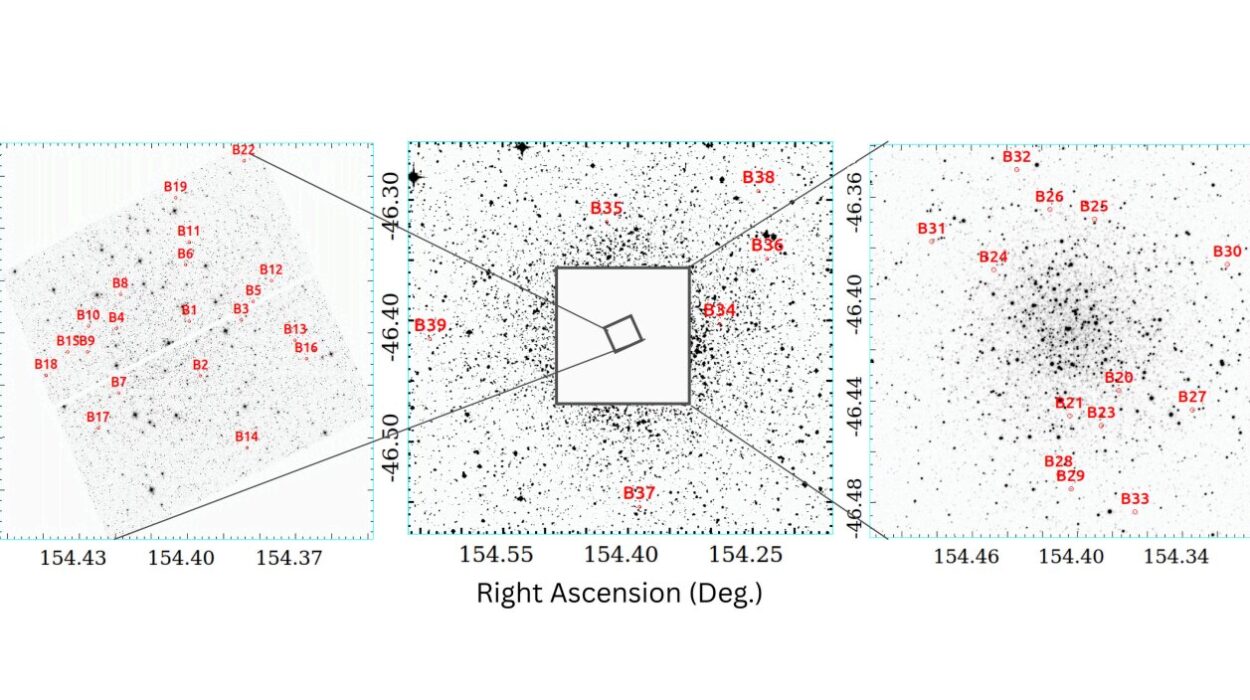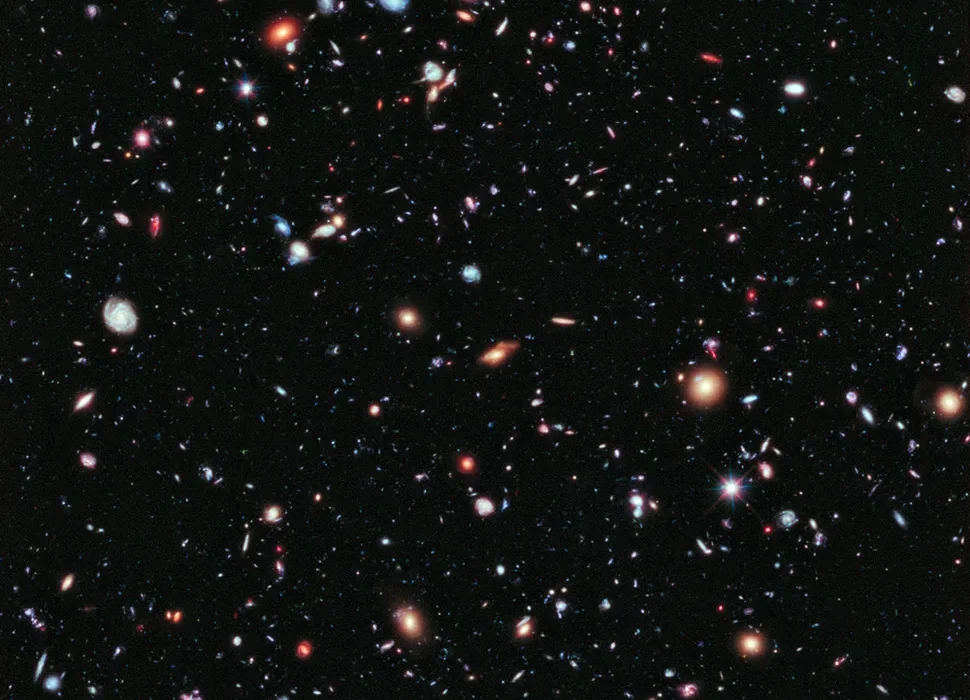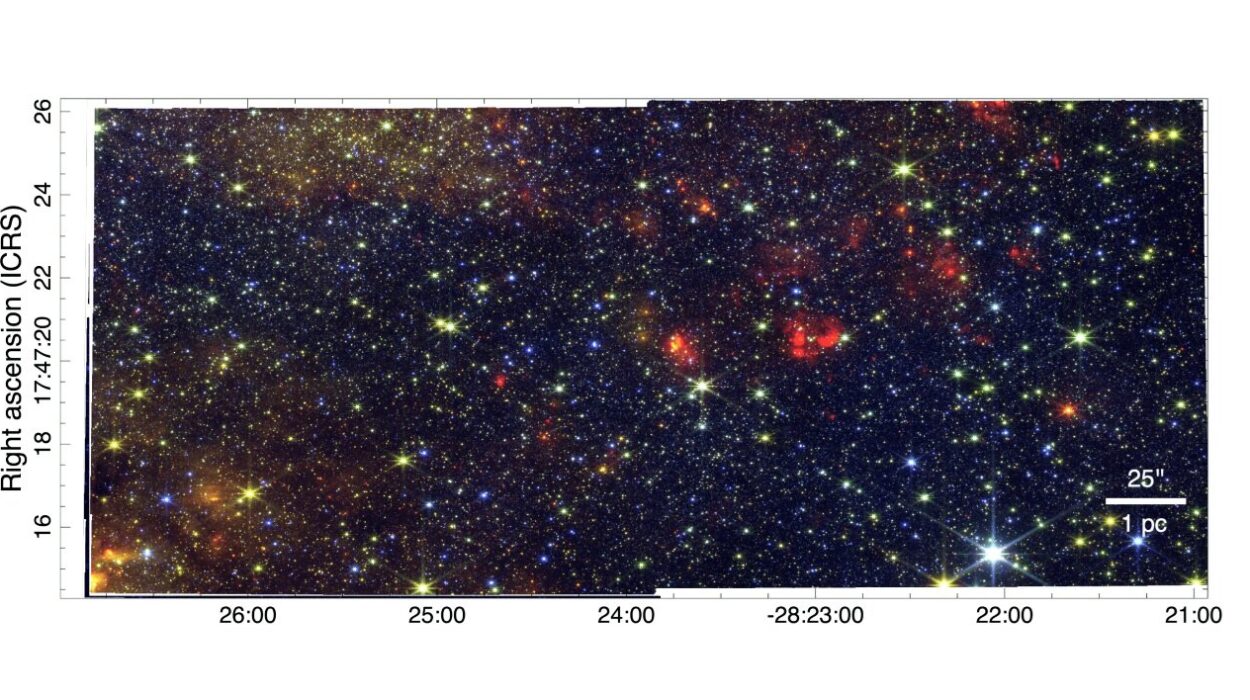High above our planet, where the atmosphere fades into the vastness of space, Earth is surrounded by an invisible yet powerful shield — the magnetosphere. It guards us against the relentless bombardment of charged particles streaming from the sun, known as the solar wind. For decades, scientists believed this region was relatively well understood, but new research has revealed that Earth’s magnetic environment might be far more dynamic and interconnected with the sun than we ever imagined.
In a remarkable discovery, researchers have found that the strange “switchbacks” — sharp zigzag bends in magnetic field lines first seen near the sun by NASA’s Parker Solar Probe — can also occur around our own planet. This finding opens an exciting new chapter in our understanding of space weather and the mysterious magnetic interactions that shape our solar system.
What Are Magnetic Switchbacks?
To grasp the importance of this discovery, we first need to understand what these so-called switchbacks are. Imagine magnetic field lines as invisible threads stretching through space, guiding the flow of charged particles like rivers guide water. Sometimes, these lines suddenly bend backward before snapping forward again, forming a distinctive zigzag shape. These abrupt reversals in direction are what scientists call switchbacks.
When the Parker Solar Probe ventured closer to the sun than any spacecraft in history, it detected countless switchbacks in the solar corona — the sun’s outer atmosphere. These kinks seemed to form when magnetic field lines pointing in opposite directions broke and then reconnected, a process known as magnetic reconnection. This violent rearrangement releases immense bursts of energy, launching plasma jets and shaping the flow of the solar wind.
Until recently, scientists thought switchbacks were unique to the sun’s intense and turbulent environment. But the latest findings suggest that our planet, too, experiences this magnetic ballet — right in our cosmic backyard.
Discovering a Solar Signature in Earth’s Magnetosphere
The groundbreaking discovery comes from NASA’s Magnetospheric Multiscale (MMS) mission — a fleet of four spacecraft that orbit Earth in a precise formation to study the magnetic field in exquisite detail. Led by researchers E. O. McDougall and M. R. Argall, the team was analyzing data when they noticed something unusual: a twisting disturbance deep within the outer layers of Earth’s magnetosphere.
This disturbance looked like a ripple or kink in the magnetic field, almost as if space itself had momentarily twisted and then straightened again. Upon closer inspection, the scientists realized that this was no ordinary fluctuation — it was a switchback-shaped structure nearly identical to those seen near the sun.
What made this discovery even more intriguing was the composition of the plasma within the disturbance. It contained a mixture of particles from both the solar wind and Earth’s own magnetic environment. Normally, Earth’s magnetosphere deflects most of the solar wind, shielding us from its charged onslaught. But sometimes, small amounts of solar plasma manage to slip inside, blending with Earth’s native plasma.
In this case, the researchers saw evidence that the two streams had collided and reconnected — precisely the kind of interaction that could create a magnetic switchback.
The Moment of Magnetic Reconnection
Magnetic reconnection is one of the most powerful processes in the universe. It occurs when magnetic field lines pointing in opposite directions break apart and then snap together in a new configuration, releasing bursts of energy in the process. It’s like stretching two rubber bands until they snap — when they reconnect, they whip back and send waves rippling outward.
The data from the MMS mission revealed that the mixed-plasma structure had briefly rotated, creating a twisted kink in the field, and then rebounded back to its original orientation. This fleeting motion left behind a zigzag signature — the telltale shape of a switchback.
The researchers concluded that this event was the product of reconnection between the solar wind’s magnetic field and Earth’s magnetic field — a small but fascinating echo of the same process happening near the sun.
A Shared Mechanism Between the Sun and Earth
This discovery has profound implications. It shows that switchbacks are not confined to the intense magnetic storms of the solar corona. They can form wherever magnetic fields interact — even in the comparatively gentle environment around Earth.
In other words, our planet’s magnetic field can behave like a miniature version of the sun’s, experiencing similar twists and kinks as it tangles with the solar wind. This finding bridges two realms of space physics that were once studied separately — the near-sun environment and planetary magnetospheres — revealing that they may be governed by the same underlying physics.
By studying these switchbacks near Earth, scientists now have a unique opportunity to explore the mechanisms behind them without sending spacecraft into the sun’s scorching corona. The MMS mission can observe these events in real time and in far greater detail, offering a laboratory in space to test theories about how magnetic reconnection works and how it influences plasma behavior.
Implications for Space Weather and Earth’s Safety
While these phenomena may sound distant, they have a direct impact on life on Earth. The interaction between the solar wind and our magnetosphere drives what scientists call space weather — the constantly changing conditions in space that can affect satellites, communication systems, navigation networks, and even power grids on the ground.
When reconnection events occur on a large scale, they can open cracks in Earth’s magnetic shield, allowing energetic particles from the sun to pour in. This can trigger geomagnetic storms, which not only paint the skies with dazzling auroras but can also damage spacecraft electronics and disrupt radio signals.
The discovery that switchbacks can form near Earth suggests that these zigzag structures might play an unexpected role in shaping space weather. They could be involved in how energy and plasma flow between the solar wind and our magnetosphere, influencing everything from auroral displays to satellite safety.
Understanding how and where these switchbacks form could help scientists better predict geomagnetic disturbances — a crucial step in protecting our increasingly space-dependent technology.
A New Frontier in Understanding Magnetic Universes
Magnetism is one of the most fundamental forces in the cosmos. It sculpts galaxies, powers solar flares, and shields planets. Yet, it remains one of the least understood aspects of astrophysics. Discoveries like this one remind us that even in the emptiness of space, invisible threads of magnetism are constantly weaving and unweaving the fabric of reality.
The fact that we can now study these cosmic switchbacks right here in Earth’s orbit is both thrilling and humbling. It brings the mysteries of the sun — once thought to be light-years away in complexity — into our own cosmic neighborhood.
Every new insight from missions like MMS and Parker Solar Probe brings us closer to understanding not just how the sun and planets interact, but how magnetic energy governs the dynamics of the entire solar system. These discoveries form the bridge between the blazing heart of our star and the protective magnetic cocoon of our world.
The Beauty of Connection
Science often reveals the unity behind nature’s apparent complexity, and this discovery is no exception. From the turbulent surface of the sun to the serene skies above our planet, the same physical principles are at play. The universe, it seems, is full of repeating patterns — echoes of the same story told in different places, on different scales.
The switchbacks dancing through the solar wind are not just random quirks of physics; they are reminders of the deep connection between Earth and the star that gives it life. Each kink in a magnetic field, each twist of plasma, is part of a cosmic conversation — one that has been going on for billions of years.
By listening more closely, with instruments like MMS and Parker Solar Probe, we are finally beginning to understand that dialogue. And in doing so, we learn not just about magnetic fields or plasma physics, but about our place in a vast, interconnected universe where every spark, every ripple, and every zigzag of energy tells a story of creation, connection, and discovery.
More information: E. O. McDougall et al, A Case for a Switchback Generated by Interchange Reconnection Between the Open Solar Wind and Closed Magnetosphere Field Line, Journal of Geophysical Research: Space Physics (2025). DOI: 10.1029/2025ja034180
